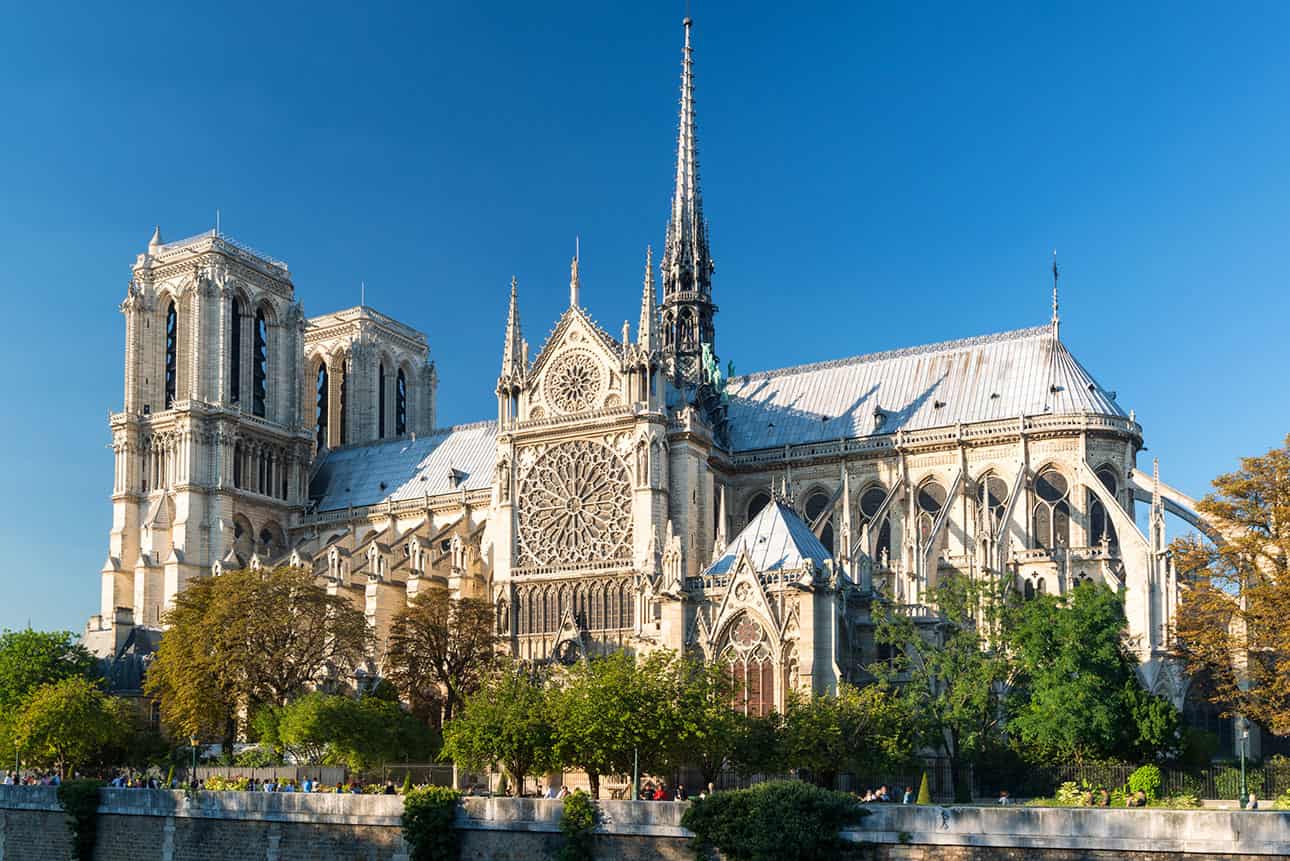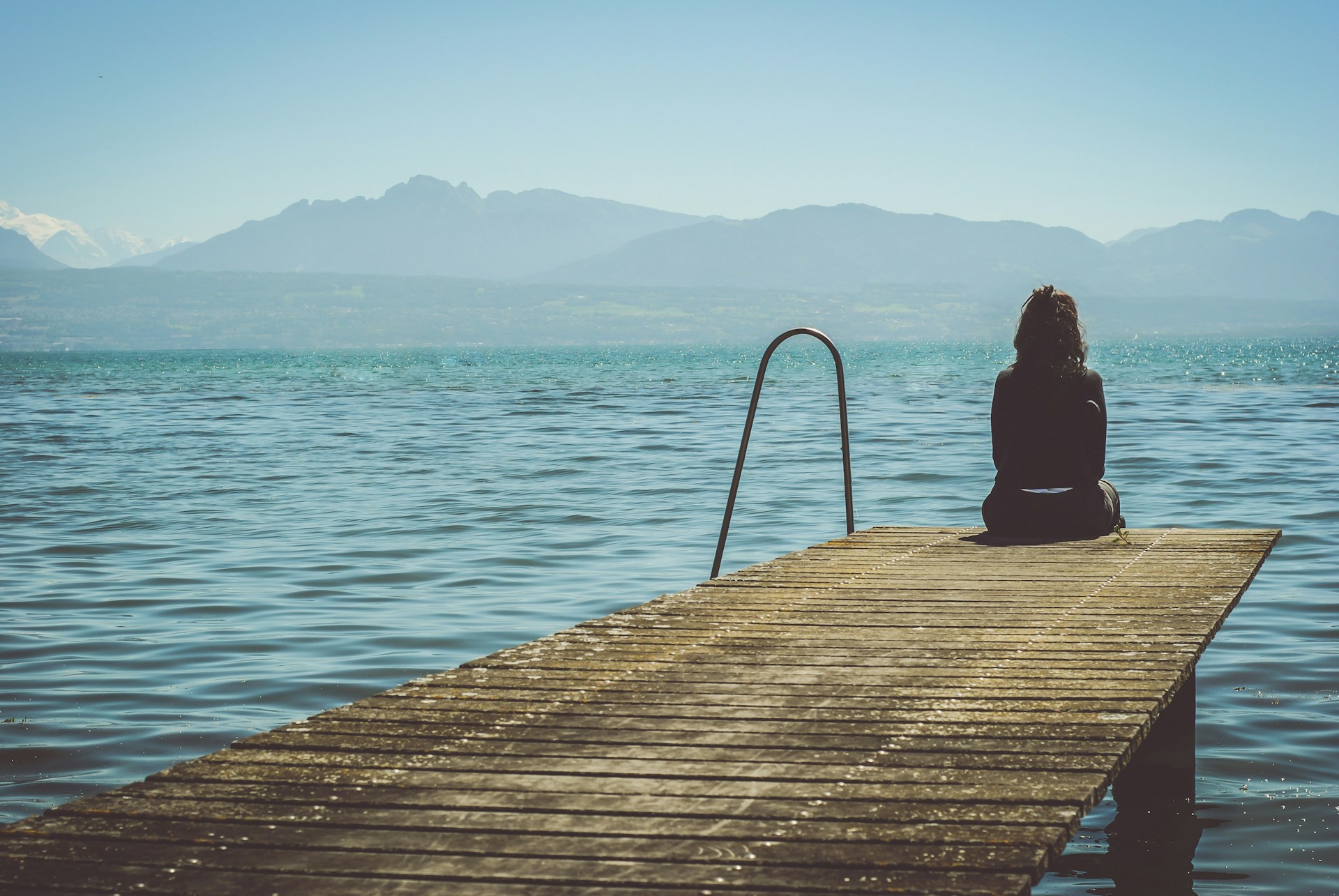Нов микро материал може да лекува с наночастици
С напредването на технологиите, медицината също се развива стремглаво, в последните години. Изследователите са разработили микроматериали, съставени само от протеини. Те са способни да доставят за продължителен период от време наночастици, които атакуват специфични ракови клетки и ги унищожават. Микроматериалите…







